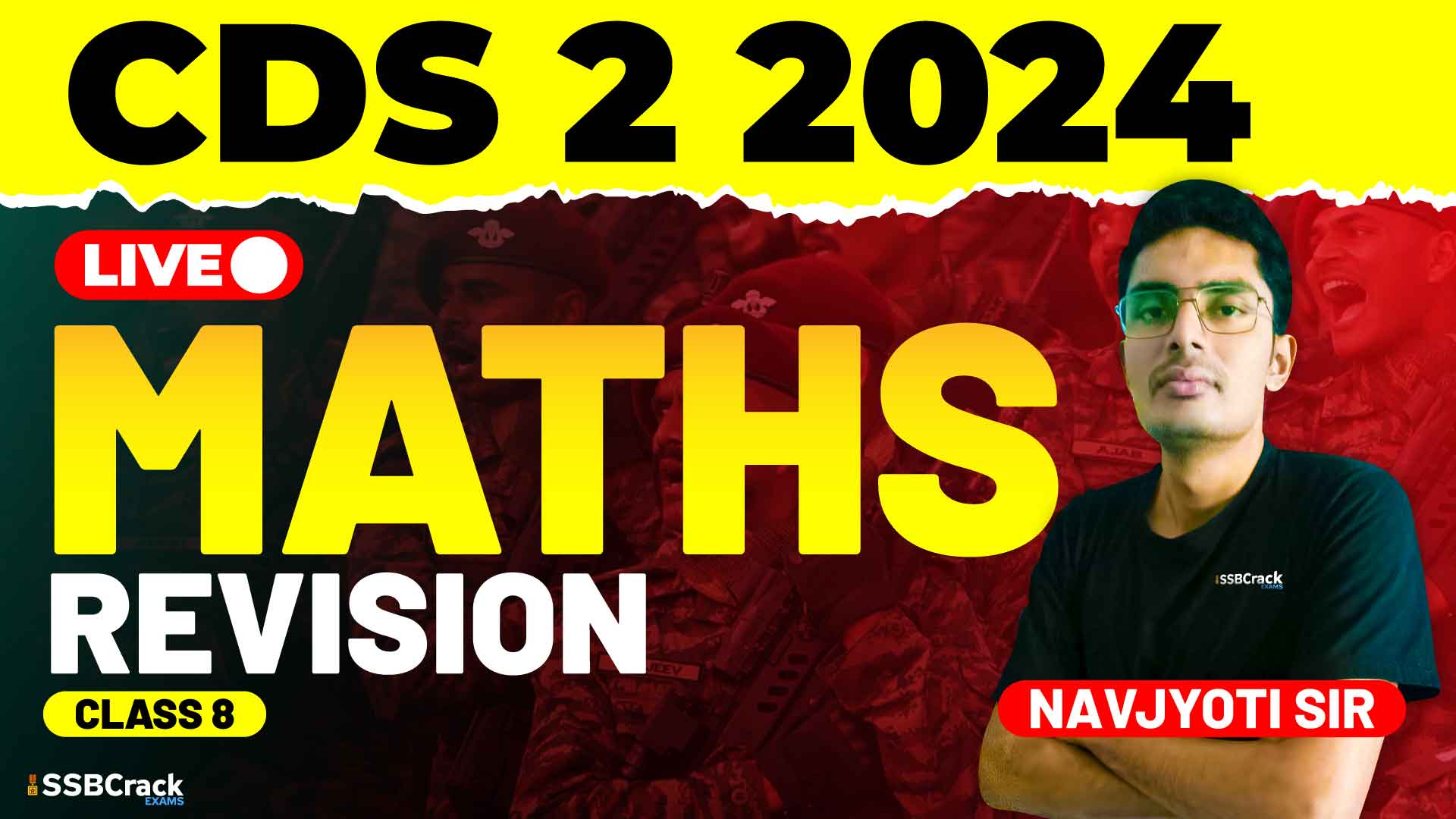Mensuration, especially the concept of volume, plays a significant role in the CDS (Combined Defence Services) Exam’s Elementary Mathematics section. As one of the core topics, it requires a deep understanding of geometrical shapes and the ability to apply concepts in real-world scenarios. This article, based on a dedicated class for CDS exam preparation, will highlight key strategies and important areas of focus for tackling multiple-choice questions (MCQs) on mensuration, particularly volume.
Understanding the Basics of Volume
Volume is a measure of the space occupied by a three-dimensional object. In the context of the CDS exam, questions often involve calculating the volume of various shapes like cubes, cuboids, cylinders, cones, spheres, and hemispheres. The ability to identify the correct formula and apply it efficiently is crucial.
Key Shapes and Their Volumes
- Cube and Cuboid: These are basic shapes where the volume is relatively straightforward to calculate. For a cube, since all sides are equal, the calculation is simpler, while for a cuboid, understanding the relationship between length, breadth, and height is essential.
- Cylinder: Cylinders are frequently featured in exam questions, particularly in real-life applications such as calculating the volume of pipes, tanks, or containers.
- Cone: A cone’s volume can be tricky due to its tapering shape, but once the concept of one-third of the base area multiplied by the height is grasped, these questions become manageable.
- Sphere and Hemisphere: Spheres and hemispheres require a good grasp of the relationship between their radius and volume. Understanding how to handle fractional dimensions (like half of a sphere) is crucial.
Strategies for Solving MCQs on Volume
- Memorize Key Formulas: Since the CDS exam is time-constrained, having key volume formulas at your fingertips is essential. This allows for quick recall and application, minimizing time spent on calculations.
- Understand the Problem Statement: Read the question carefully to understand what is being asked. For instance, some questions might ask for the volume of material used, which requires understanding both the inner and outer dimensions of an object.
- Elimination Technique: Often, MCQs will have one or two options that are clearly incorrect. By eliminating these, you increase your chances of selecting the correct answer.
- Approximation: For complex shapes, if exact calculation seems time-consuming, use approximation methods to get a close answer. This can be particularly useful in situations where options are widely spaced.
- Practice Real-World Applications: Many CDS exam questions are based on real-life scenarios. Practicing questions that involve practical applications, like calculating the volume of a water tank or fuel container, can be extremely beneficial.
- Time Management: Allocate your time wisely. If a particular question seems too complex, it may be better to skip and return to it if time permits, rather than getting stuck and losing time for other questions.
Common Mistakes to Avoid
- Confusing Shapes: Ensure you correctly identify the shape in question. Mistaking a cone for a cylinder, or a hemisphere for a sphere, can lead to incorrect calculations.
- Misapplying Formulas: With so many formulas in mensuration, it’s easy to mix them up. Always double-check that you’re using the correct formula for the shape you’re dealing with.
- Ignoring Units: Pay attention to the units provided in the question. Ensure that your final answer is in the correct unit, whether it’s cubic centimeters, meters, or liters.
Practice Makes Perfect
The importance of practicing MCQs cannot be overstated. The more you practice, the more familiar you become with the types of questions asked, the quicker you can recall the correct formulas, and the more efficiently you can manage your time during the exam.
Conclusion
Mensuration, particularly the concept of volume, is a fundamental topic in the CDS exam’s Elementary Mathematics section. By understanding the basic principles, memorizing key formulas, and applying strategic problem-solving techniques, you can significantly enhance your performance. Remember, the CDS exam not only tests your mathematical skills but also your ability to think logically and manage your time effectively. With focused preparation and consistent practice, mastering the topic of volume will be a strong asset in your exam arsenal.



















